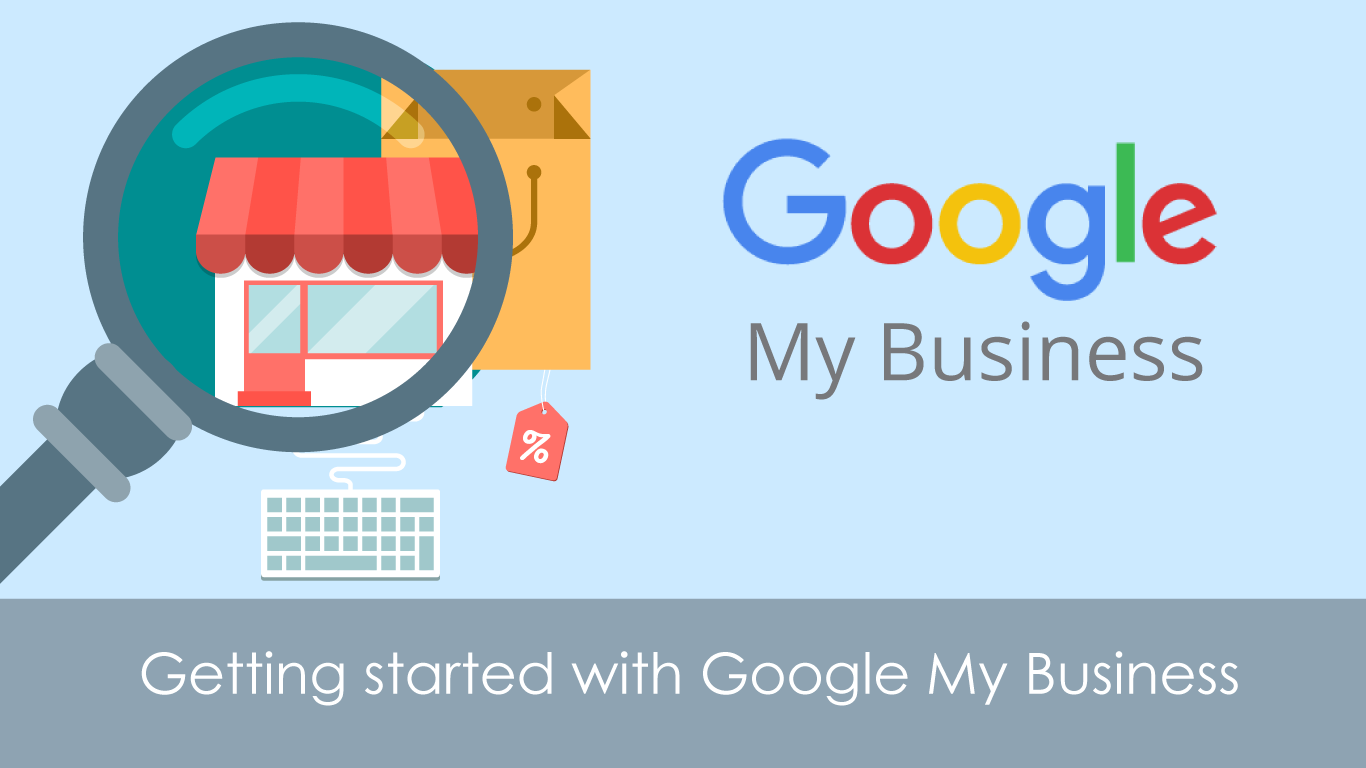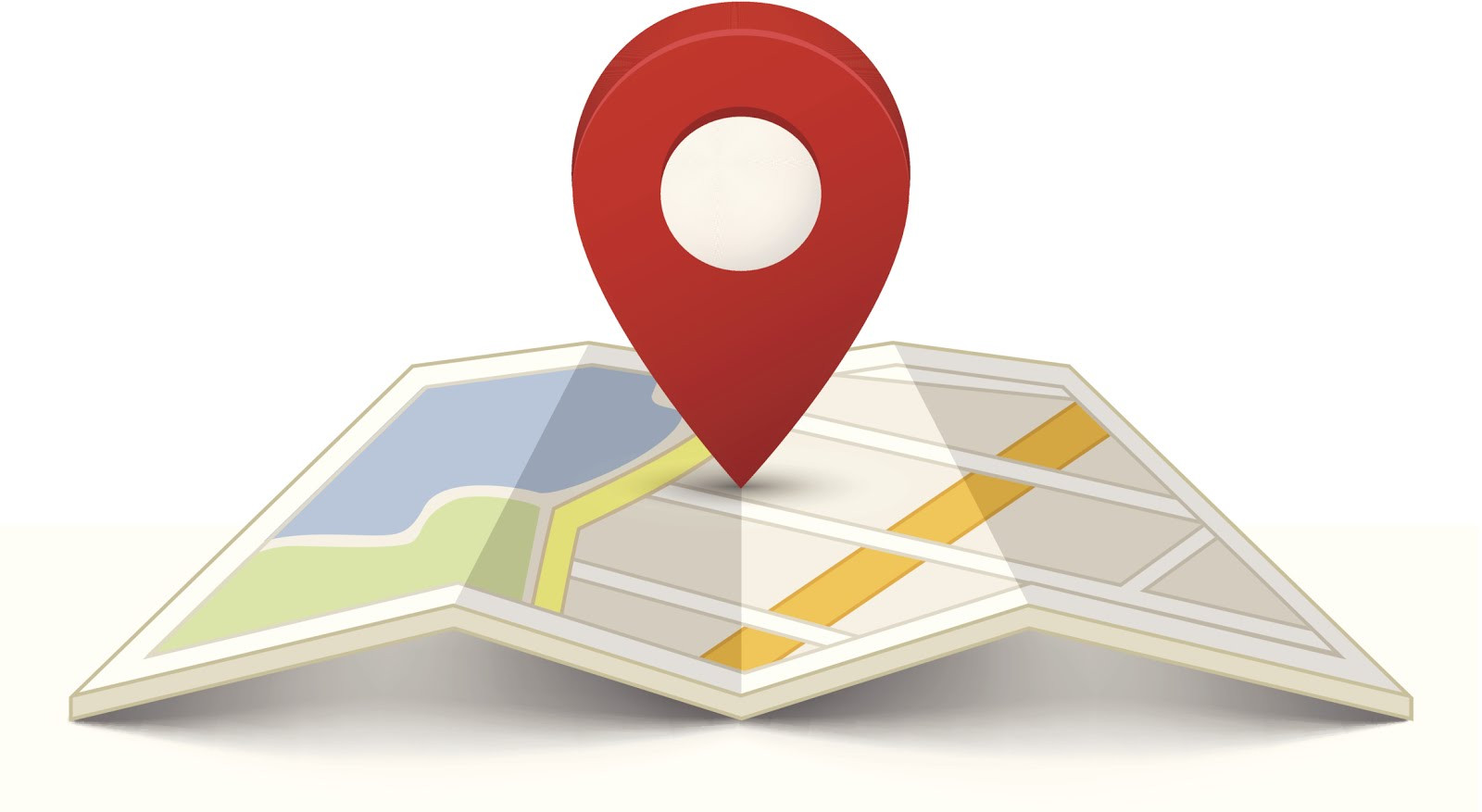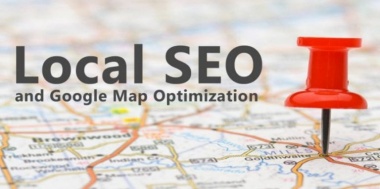

In fact, Google uses its own Google My Business service as its top local ranking factor. Search engines will examine in the information from any online listing directories you may be appearing on.

Search engines will look at your listings information, keywords and on-page SEO to determine if your website is relevant. To rank well for local SEO you’ll want to prove to search engines that your website is relevant to a user’s query. These categories are relevance, distance and prominence. Google’s algorithm splits these signals into three categories to produce local search results. When search engines rank you locally, they rely on a variety of ‘signals’ to ensure your website/content is relevant to the user. Your site structure, backlinks and keywords all play a massive part in getting your website ranked.
#Local seo google my business how to
Search engine’s look at a few things when deciding how to rank your website. When Google recognises your relevance, it starts to push your website up the search results page, which in turn, increases your visibility. Local SEO indicates to google that your business is able to provide a service that a local user is searching for. Businesses like hairdressers, beauty salons, bars and restaurants all rely on local footfall, so it makes sense for these businesses to direct their marketing efforts into targeting an audience in their immediate area. A lot of businesses depend on their immediate communities for custom. SEO gives you the ability to be one of the first businesses a potential customer sees when they’re searching for businesses like yours. 48% of all searches on Google are for local businesses, meaning if you’re not ranking, you’re missing out. Getting Local SEO right is hugely important if you want to grow your business. Google aren’t the only search engine focusing on local search though, Bing launched Bing Places for Business in 2013 and Yahoo also have their “Yahoo! Small Business” service. These days the search giant provides a tool called Google My Business which allows local business owners to edit and control their business information online.

We’ve seen the introduction of Google Maps and with it the ability to get directions to local businesses straight from your smartphone.

Google’s local offering has changed names and taken many forms over the years. This feature provided access to information on local businesses in a similar way to a listings directory, all housed natively on the Google platform. Google first acknowledged a need for a more geographically refined approach in 2004 when it launched its ‘Google local’ service. There was a time when searching “restaurants near me” wouldn’t have yielded such accurate results. Whilst not necessarily a new practice, Local SEO is something that has evolved as a focus for search engines. With regular SEO you’d be looking to appeal to a broader, national/international audience, regardless of their location, but with local SEO the aim is to attract users in your area right now. There are distinct differences between the two though. How is this done? Well, much like regular SEO, search engines collate information from “signals” such as content, social profile pages and links to provide local and relevant results to the user. The aim is to get your pages and services ranking higher in search results for location-specific keywords, such as Manchester or Cardiff. Local SEO is a great way to promote your online content to local users.


 0 kommentar(er)
0 kommentar(er)
